Showing Love to Your Husband
Expressing love to your husband can tighten your bond and boost your emotional connection. Heartfelt words and sweet gestures are two great ways to show you care.
Heartfelt Words

Heartfelt words can really hit home. Sharing love quotes can stir up emotions and create lasting memories. Here are some touching love quotes for your husband in Telugu that you can use on special occasions or just because:
| Occasion | Love Quote Example (Telugu) | English Translation |
|---|---|---|
| Anniversary | “నువ్వు నా జీవితంలో ఉన్నందుకు నేను చాలా ధన్యుడిని.” | “I am so blessed to have you in my life.” |
| Birthday | “నీ ప్రేమ నా జీవితం కాంతిని నింపుతుంది.” | “Your love fills my life with light.” |
| Valentine’s Day | “నేను ఎప్పుడూ నిన్ను ప్రేమిస్తాను.” | “I will always love you.” |
You can write these in a card, text them, or say them during a cozy dinner. For more quotes, check out love quotes for my husband.
Sweet Gestures

Sweet gestures add a personal touch to showing love. Here are some ideas to get you started:
- Surprise Notes: Leave little love notes where he’ll find them, like in his lunchbox or car.
- Personalized Gifts: Think about gifts that match his interests, like a custom mug or a framed photo of a special memory.
- Quality Time: Plan a special date night at home with his favorite meal and a movie he loves.
- Affectionate Touch: Simple acts like holding hands, hugs, or cuddling while watching TV can strengthen your bond.
For more ideas on romantic quotes, check out romantic love quotes for husband.
These heartfelt words and sweet gestures can create meaningful moments and show your husband how much you appreciate him, making love a part of your everyday life.
Telugu Wedding Customs
Telugu weddings are a vibrant mix of traditions that beautifully celebrate the union of a bride and groom. Two standout ceremonies in this joyous occasion are the Jeelakarra Bellam and the Madhuparakam.
Jeelakarra Bellam Ceremony
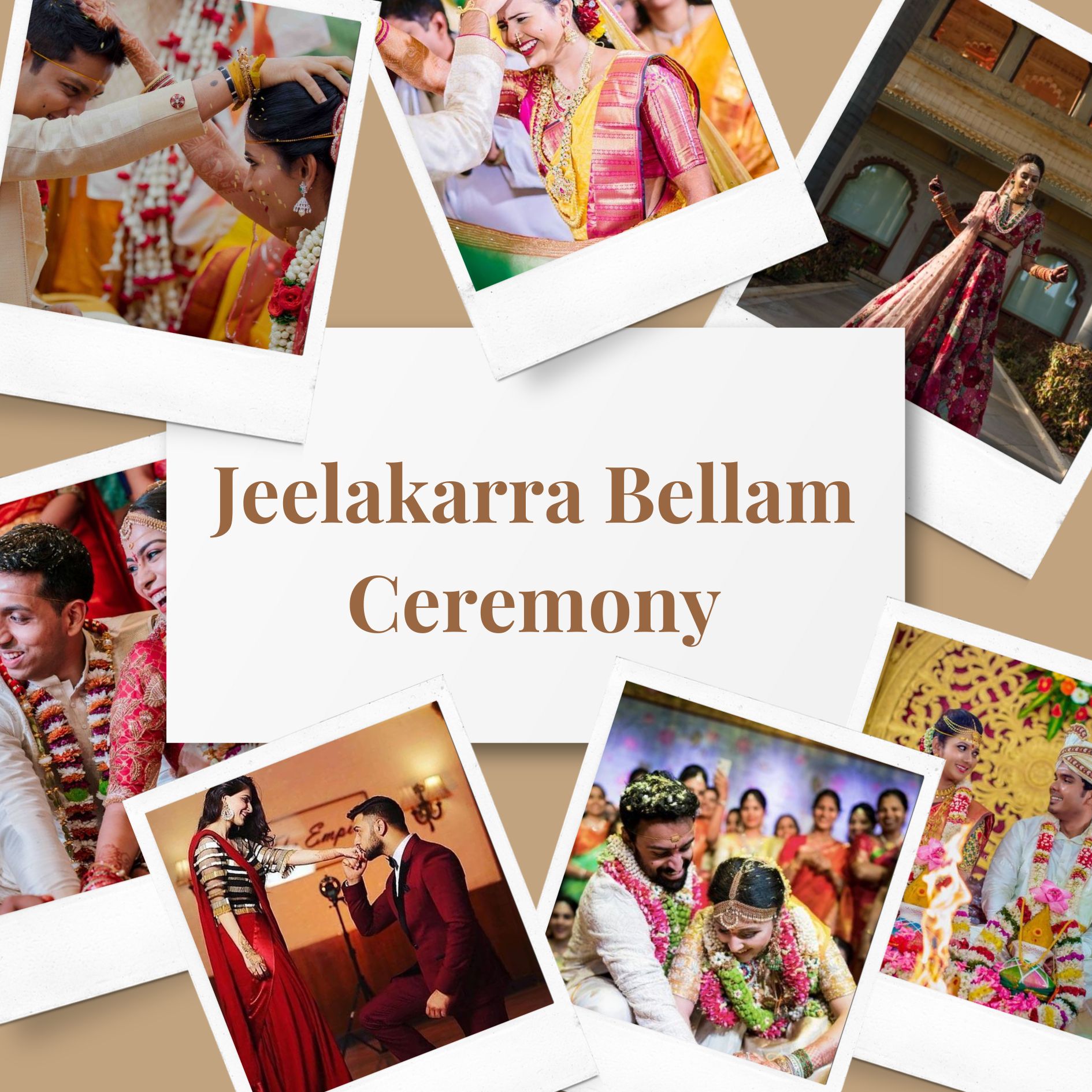
The Jeelakarra Bellam Ceremony is a key ritual that marks the official union of the couple. Here’s how it goes down: a thick paste made from jeelakarra (cumin) and bellam (jaggery) is prepared and placed on a tamalapaku (betel leaf). The bride and groom then apply this paste to each other’s heads while a purohit (priest) chants mantras from the Vedas.
This moment is special because the couple is only allowed to look at each other after the ceremony is complete. It’s a sweet and symbolic way to show their commitment and kick off their journey together.
Madhuparakam Tradition
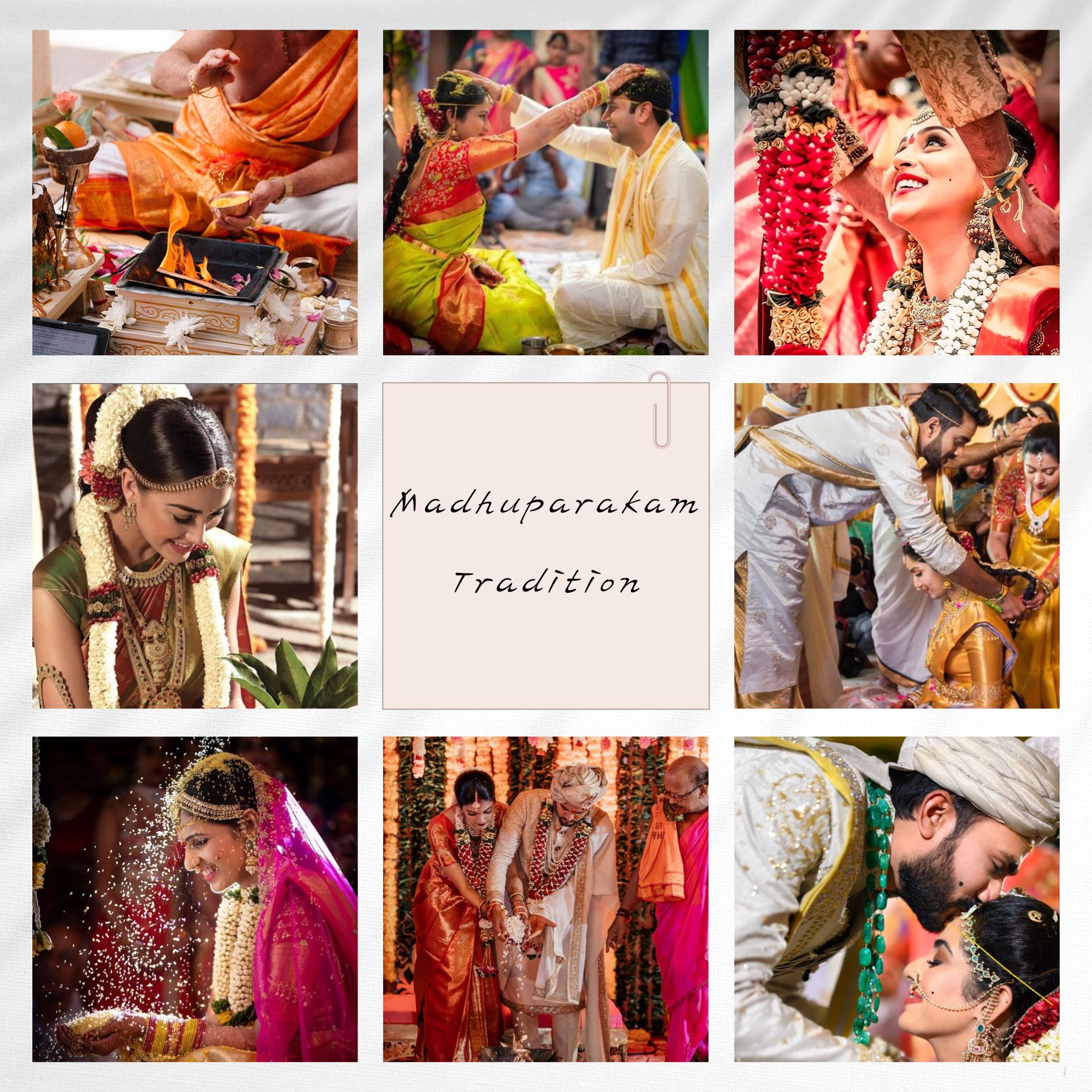
Right after the Jeelakarra Bellam, the Madhuparakam Tradition takes center stage. The bride changes into a white saree with a red border, while the groom dons a white dhoti. These colors aren’t just for show; red stands for strength, and white symbolizes purity.
This tradition is crucial as it sets the stage for the next set of rituals. The groom ties three knots of the mangalasutram, symbolizing their mental, physical, and spiritual bond for a hundred years. Guests then shower the couple with akshinthalu (rice mixed with turmeric), a gesture that encapsulates the joy and blessings from family and friends.
Both the Jeelakarra Bellam and Madhuparakam are deeply rooted in Telugu culture, making them unforgettable moments in the wedding festivities. If you want to add a personal touch, consider incorporating love quotes for husband in Telugu to make the celebrations even more heartfelt.
Symbolic Rituals
Telugu weddings are full of meaningful rituals that highlight the couple’s commitment. Two standout traditions are tying the knots and the gold ring game.
Tying the Knots
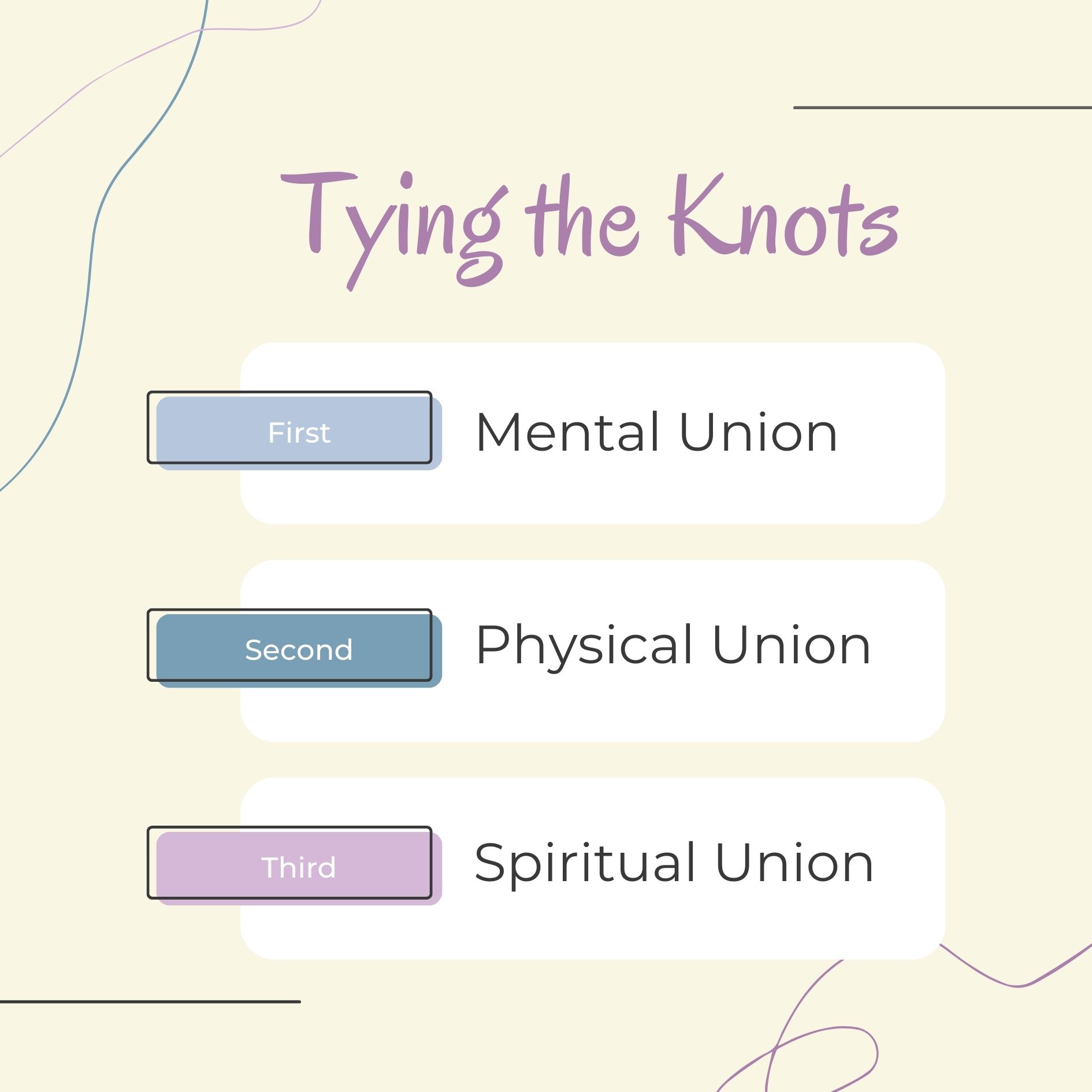
In this ritual, the groom ties three knots of the mangalasutram around the bride’s neck. Each knot stands for a different aspect of their union: mental, physical, and spiritual. This act is a promise to be together for 100 years. Guests bless the couple by showering them with akshinthalu, rice mixed with turmeric, symbolizing prosperity and happiness. This ritual underscores the importance of unity and the bond they are forming.
| Knot | Meaning |
|---|---|
| First | Mental Union |
| Second | Physical Union |
| Third | Spiritual Union |
Dropping the Gold Ring

This fun ritual involves dropping a gold ring into a pot filled with milk and rose petals. The bride and groom then compete to retrieve the ring first. The winner places the ring on the other’s finger, symbolizing their upcoming union and adding a playful touch to the ceremony. This game showcases their compatibility and joy.
These rituals not only deepen the emotional connection between the couple but also create unforgettable moments. If you’re looking to express your love for your husband, consider incorporating elements from these beautiful traditions. Check out our collection of love quotes for husband in Telugu to find the perfect words to convey your feelings.
Pledges of Togetherness
In Telugu weddings, the pledges of togetherness are beautifully symbolized through rituals that signify the bond between husband and wife. These acts are not just ceremonial but also embed deeper meanings of love, commitment, and unity.
Seven Rounds Around the Fire
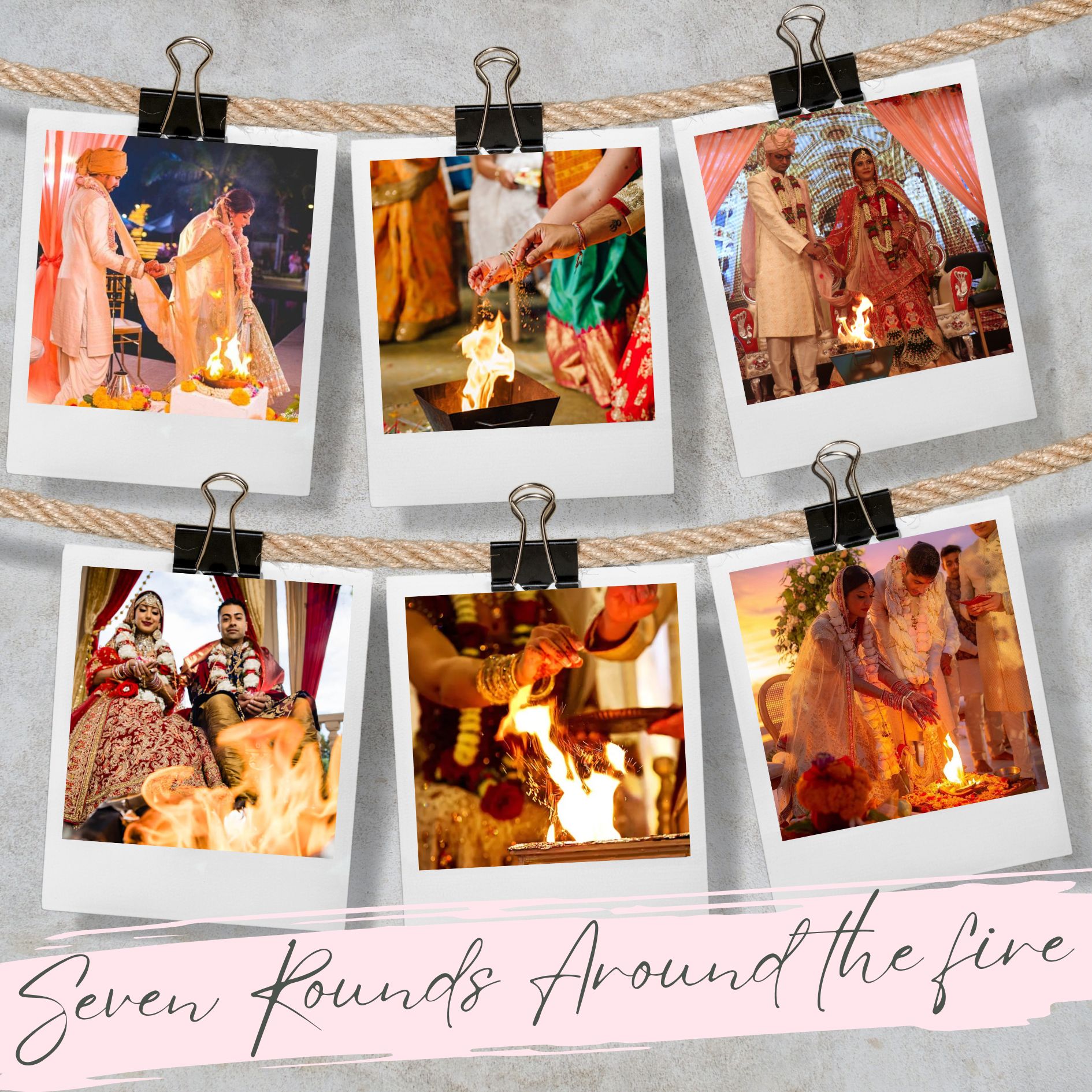
During the wedding ceremony, one end of the groom’s dhoti is tied in a knot to one end of the bride’s saree. Together, they walk around the homam (fire) seven times. With each round, the couple makes promises of togetherness, symbolizing their commitment to support and cherish each other throughout their lives.
| Round | Promise Made |
|---|---|
| 1 | To provide for each other |
| 2 | To stand by each other in times of joy and sorrow |
| 3 | To respect and honor one another |
| 4 | To share responsibilities in the household |
| 5 | To nurture each other’s dreams |
| 6 | To grow together in love and understanding |
| 7 | To remain faithful and loyal to each other |
This ritual not only strengthens their bond but also serves as a reminder of their vows every time they face challenges together.
Promises and Vows
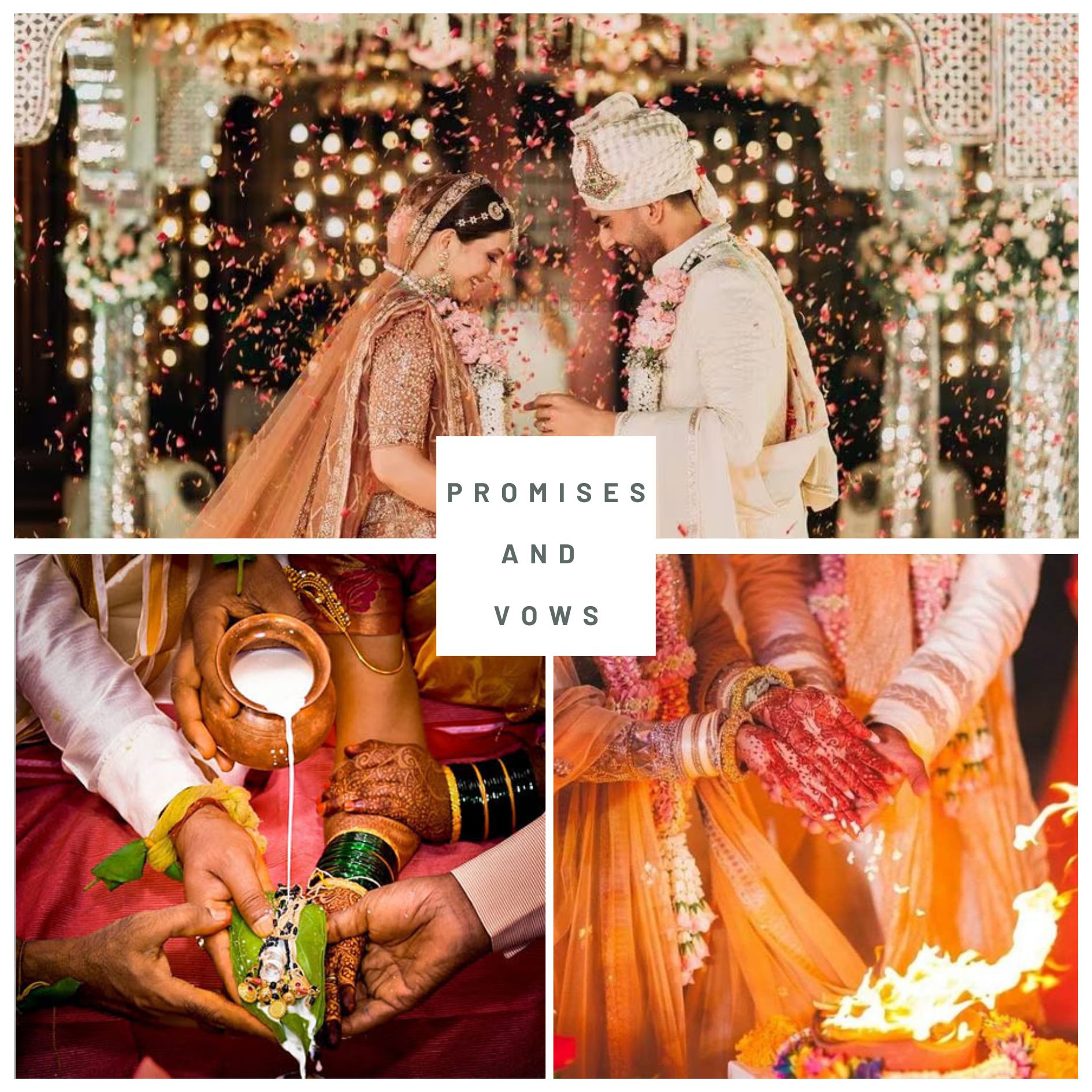
Another significant aspect of the pledge is when the groom ties three knots of the mangalasutram around the bride’s neck. Each knot represents the mental, physical, and spiritual union of their togetherness for a lifetime of 100 years. This act is accompanied by blessings from guests who shower the couple with akshinthalu (rice mixed with turmeric), further enriching the significance of their commitment.
The promises made during this sacred ceremony are often echoed in the love quotes for husband in Telugu that married women cherish. These quotes capture the essence of their vows and can be shared on special occasions, such as anniversaries or birthdays, to reaffirm their love. For more expressions of love, explore our collection of love quotes for husband on anniversary or romantic love quotes for husband.
Through these rituals, the couple not only solidifies their commitment but also creates lasting memories that they can reflect upon in their journey together.
Historical Insights
Diving into the history of marriage and clothing can really deepen our understanding of love and commitment. Here, we’ll look at how education has influenced marriage and how textiles and clothing have evolved with cultural practices.
Education and Marriage
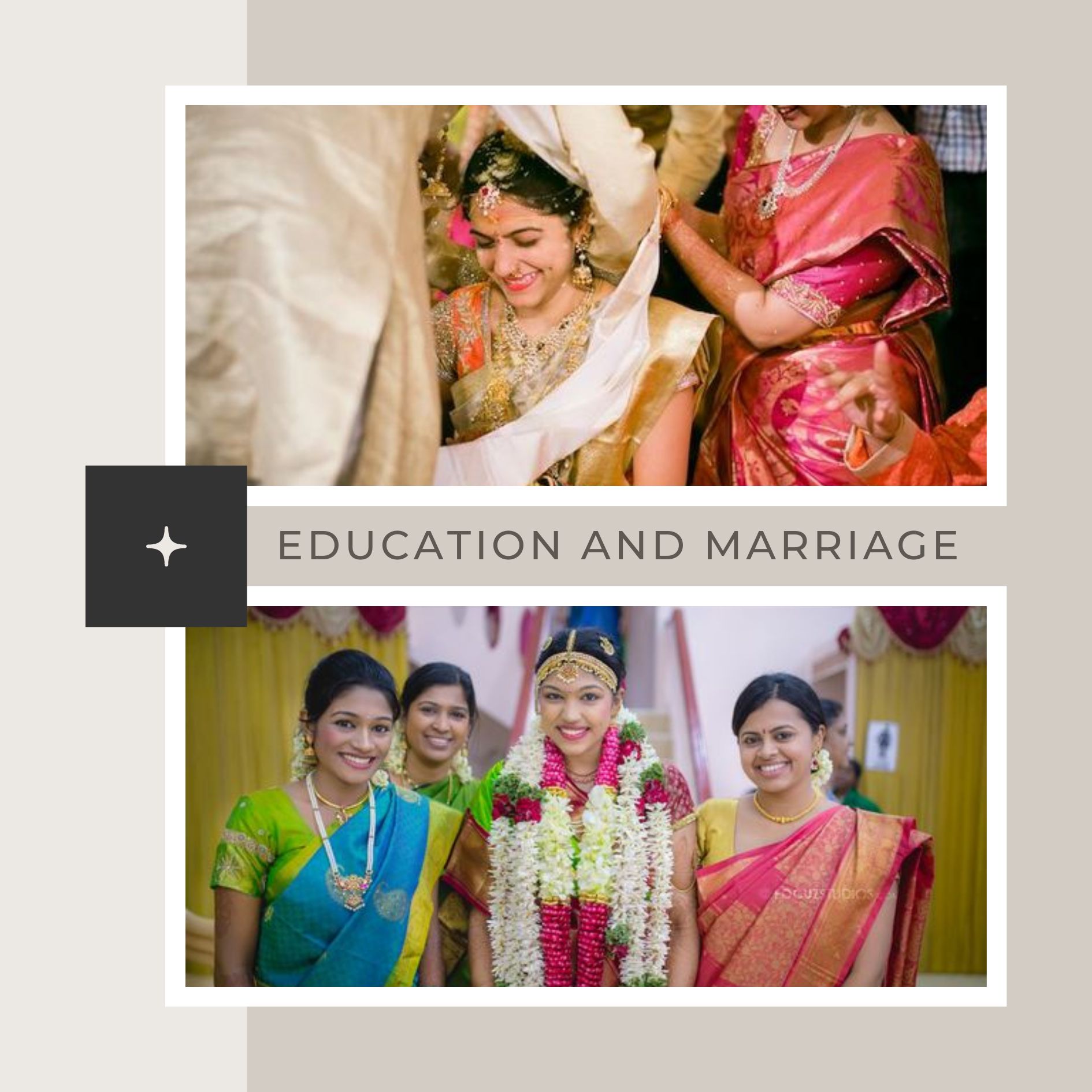
Education has always been a big deal, especially for women in the context of marriage. Ancient texts like the Vedas and Upanishads stress the importance of education for girls. The Atharva Veda even mentions that a well-educated girl (referred to as “youthful Kanya”) is more likely to find a good husband. This shows how education was seen as a way to boost a woman’s marriage prospects.
The Harita Dharmasutra splits women into two groups: sadhyavadhu, who marry without formal education, and brahmavadini, who pursue education, especially in the Vedas. Ancient Hindu texts, including the Sutras and Shastras, support women’s education, starting with the Upanayana rite of passage. Girls who went through this ritual were encouraged to study, linking education directly to marital suitability.
| Type of Woman | Description |
|---|---|
| Sadhyavadhu | Marry without formal education |
| Brahmavadini | Receive education, particularly in Vedic studies |
Textiles and Clothing

Textiles and clothing have always been a big part of marriage, reflecting cultural values and societal norms. The Arthashastra, an ancient Indian text, talks about various types of clothing made from plants, muslin, and wool, some dyed or woven. While we might not know exactly how women wore these clothes, scholars have pieced together clues from ancient artifacts and literature.
In ancient and medieval Hindu traditions, it wasn’t common for women to cover their heads or faces. However, ceremonial headpieces like the Ushnisha and the Dupatta in northern regions were noted. These garments symbolize cultural identity and add a fascinating layer to marital customs.
| Textile Type | Description |
|---|---|
| Muslin | Lightweight fabric often used for women’s clothing |
| Wool | Thicker fabric suitable for colder climates |
| Dyed Textiles | Vibrantly colored fabrics used for special occasions |
The evolution of education and clothing in relation to marriage offers a rich backdrop for expressing love and commitment. Women today can draw inspiration from these historical insights, weaving them into modern expressions of love, like love quotes for husband in Telugu or other romantic gestures.
Cultural Practices
Marriage and family traditions shape the lives of many married women. Among these, dowry customs and the treatment of widows stand out.
Dowry Traditions
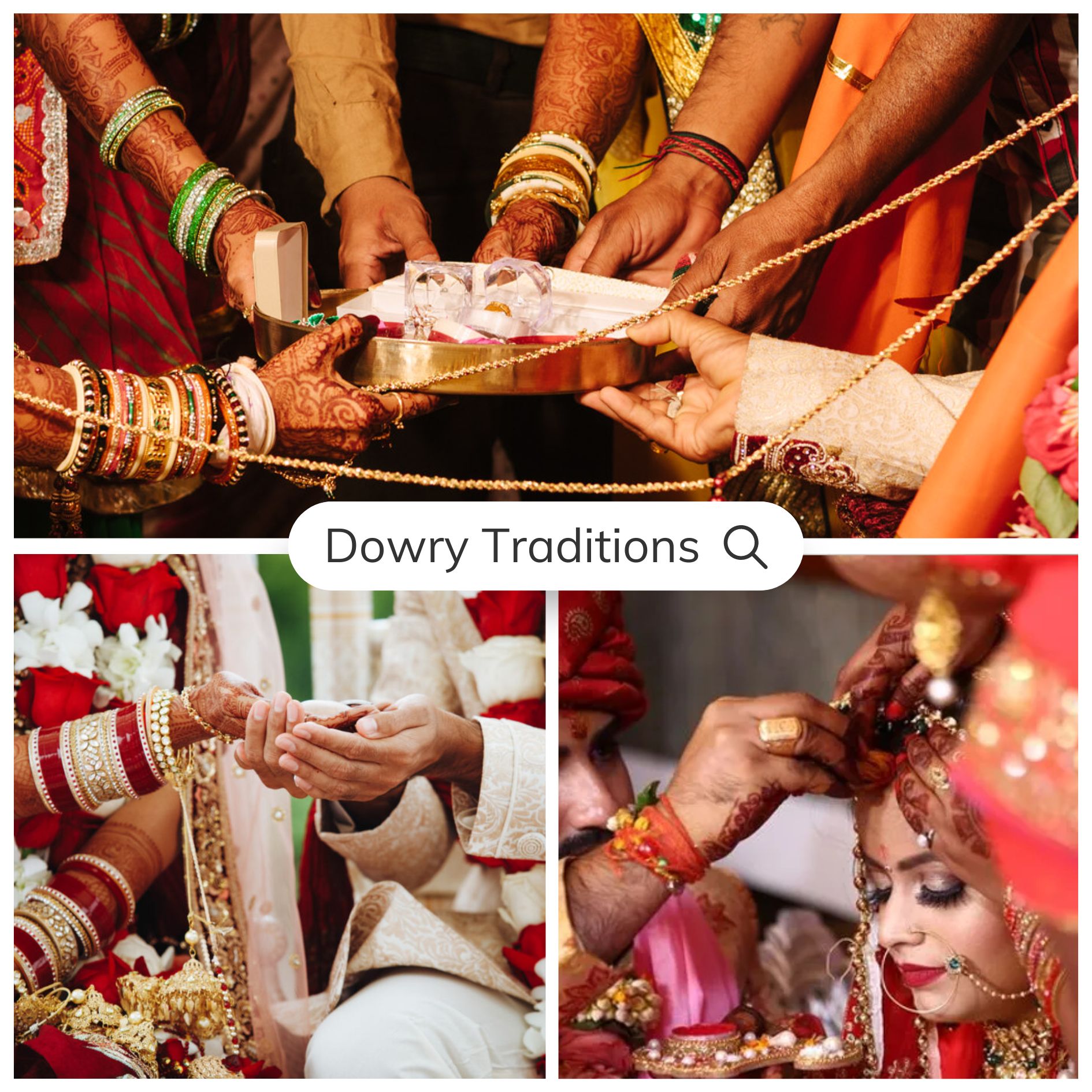
Dowry has a tangled history in Hindu society. While some argue about its roots in ancient times, it’s widely believed that dowry wasn’t a big deal before the 11th century CE. Back then, daughters had inheritance rights, often exercised during marriage. This suggests that today’s dowry practices weren’t as common in earlier times.
Nowadays, dowry can still stir up trouble in many areas. It usually means the bride’s family gives wealth to the groom’s family, which can strain the bride’s family financially. Knowing about this tradition can help married women better handle their relationships and family matters.
| Aspect | Description |
|---|---|
| Historical Significance | Dowry wasn’t a big deal until after the 11th century CE |
| Current Issues | Financial strain on brides’ families |
| Inheritance Rights | Daughters traditionally had property rights |
Treatment of Widows
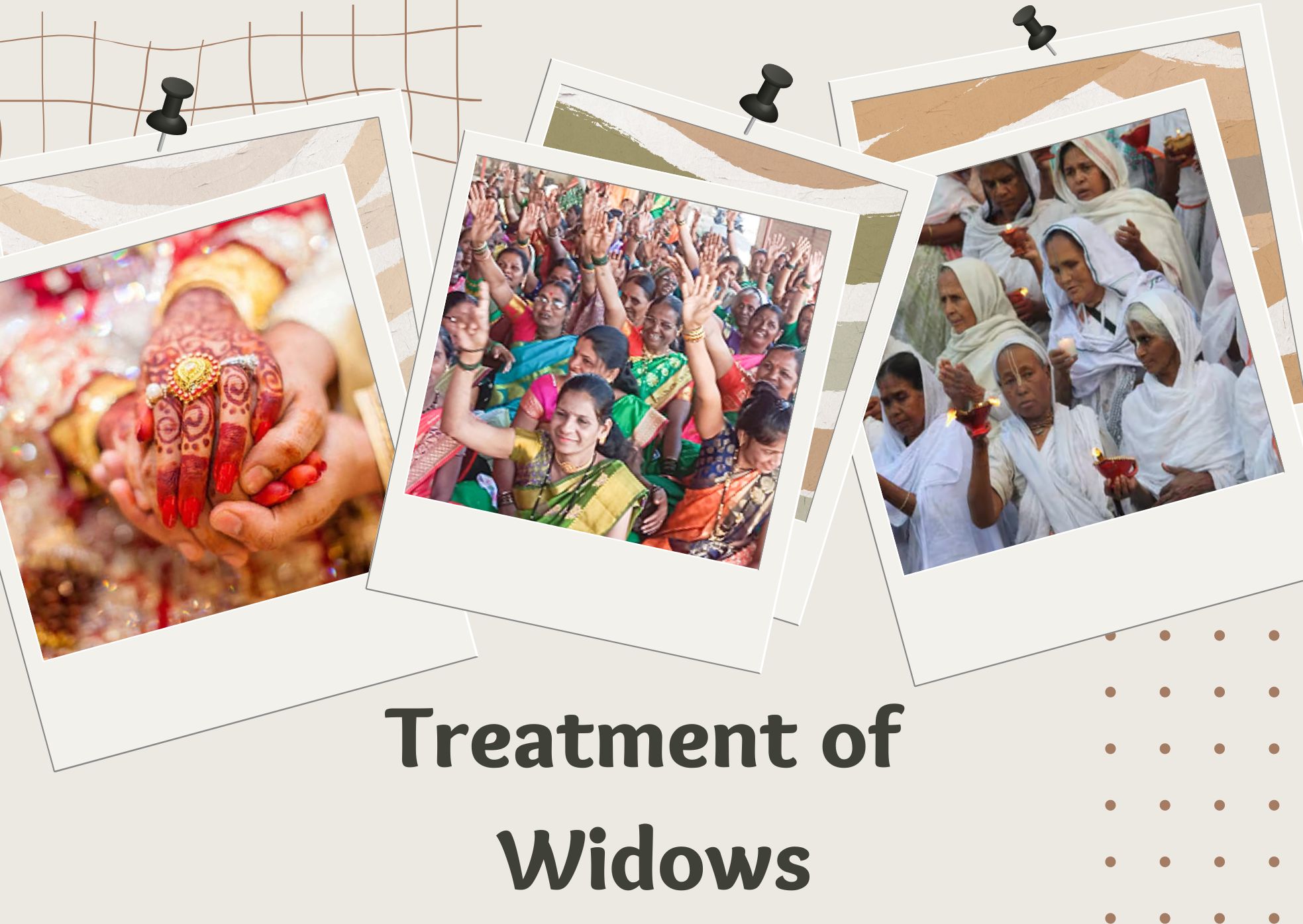
Widows in India still face tough times. Even though practices like Sati are banned, widows often deal with social stigma and being pushed aside. The main reason for violence and discrimination against widows is usually about property rights, with the deceased husband’s family trying to cheat them out of their inheritance.
This tough spot shows the need for more awareness and support for widows’ rights. Cultural views on widows vary, but many women struggle to regain their independence and secure their financial future.
| Aspect | Description |
|---|---|
| Social Stigma | Widows often face being pushed aside |
| Property Rights | Widows frequently lose their inheritance |
| Need for Advocacy | More awareness is crucial for their rights |
Understanding these cultural practices can help married women show love and appreciation for their husbands while dealing with societal expectations. For heartfelt expressions of love, check out our collection of love quotes for husband in Telugu and find new ways to celebrate your relationship.
